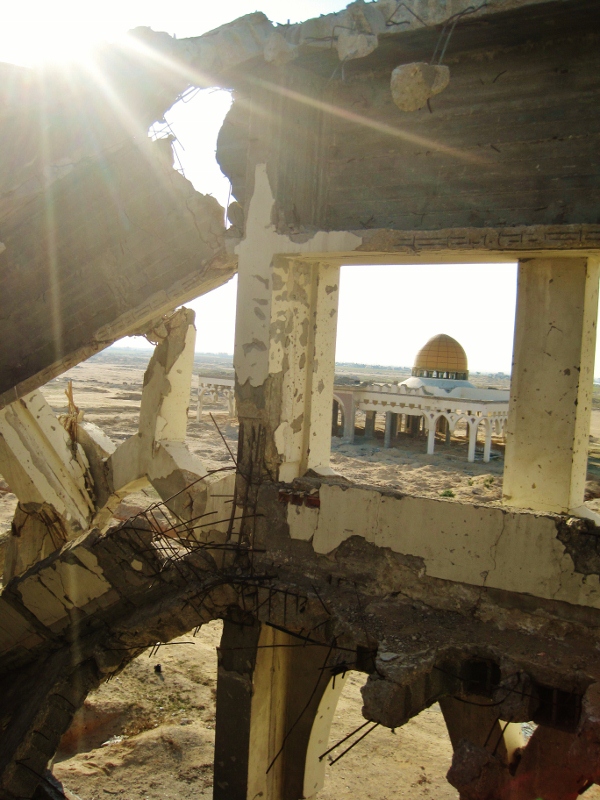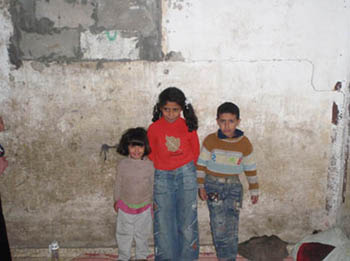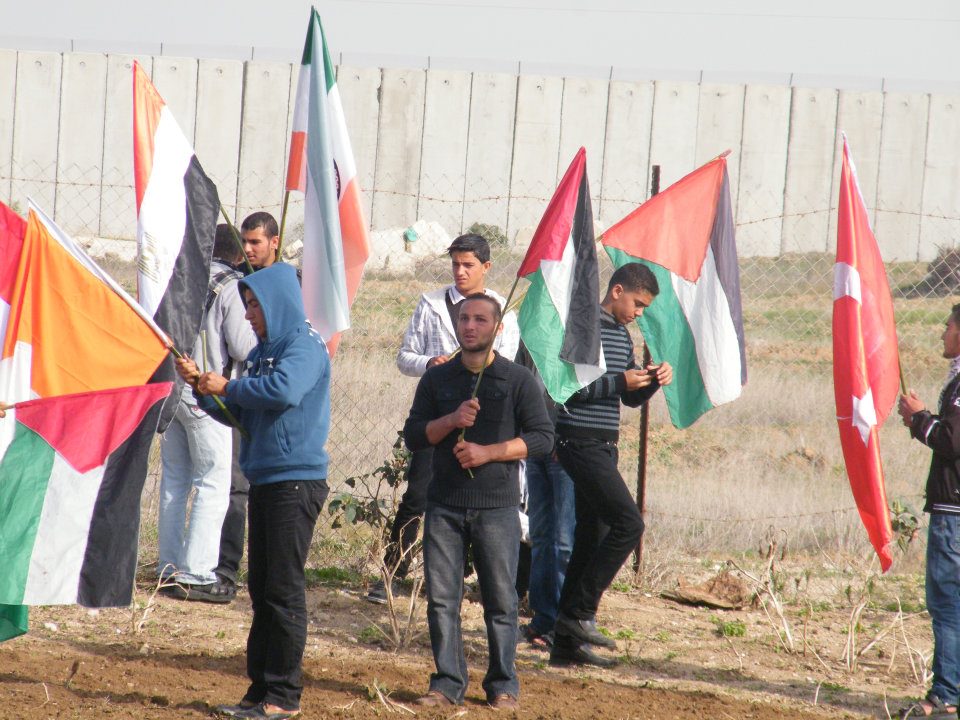Tag: Blockade
-
Drones in the shower, F-16s on the street: On leaving Gaza
by Radhika Sainath 20 December 2011 | Notes from Behind the Blockade I made the long journey out of Gaza last week. I must say, though I will miss the dozens of people who invited me into their homes, shared their stories, cooked me lunch, put up with my bad Arabic, boiled me countless glasses…
-
Narratives under siege: Overcrowded living
14 December 2011 | Palestinian Center for Human Rights Muhammed Salman Abu Rashad, 45, Amna Abu Rashad, 31, and their nine children live in the Jabalia refugee camp, one of the most densely populated areas on earth. The family represent just 11 of the 1.1 million refugees who make up the vast majority of Gaza’s…
-
Planting the seeds of resistance and steadfastness in the no go zone
by Nathan Stuckey 13 December 2011 We set off from in front of the Beit Hanoun Agricultural College under the flags of half a dozen countries, but listening to the music of Palestine. Every Tuesday, for three years, we set off from here into the no go zone, that three hundred meter strip of death…



